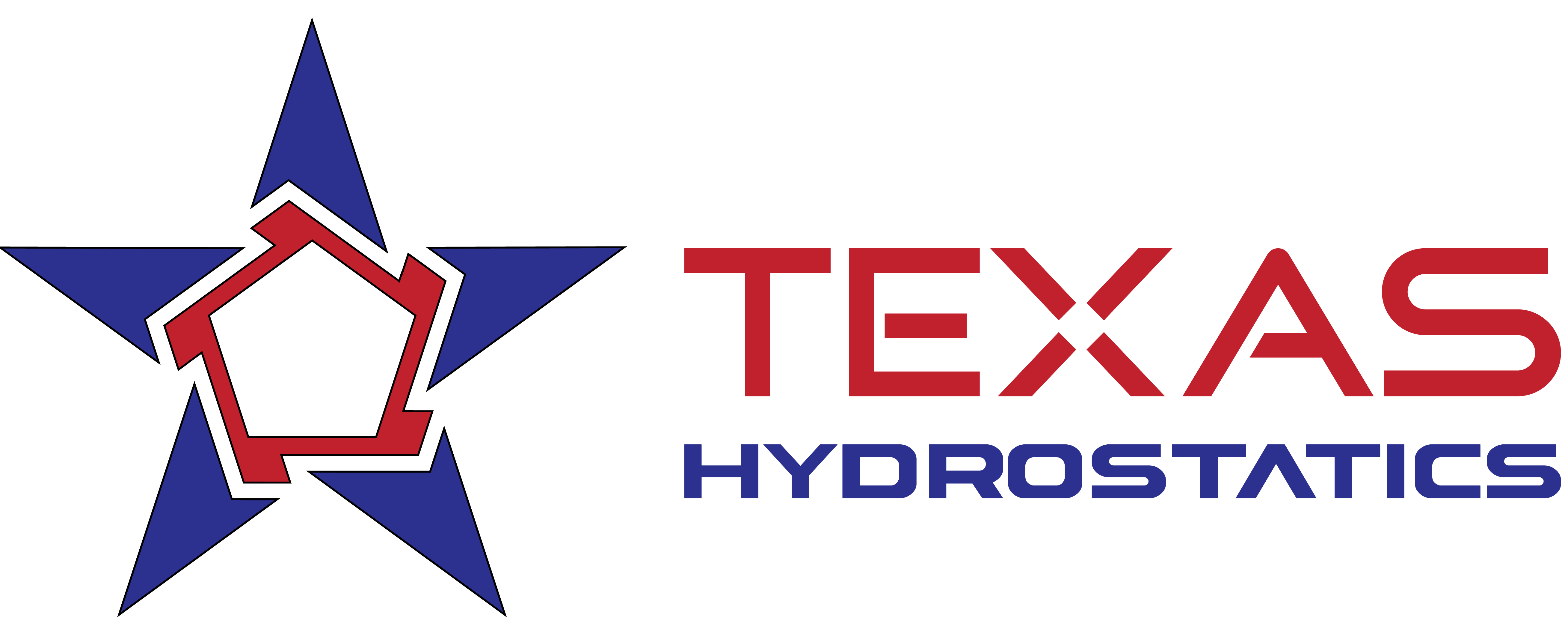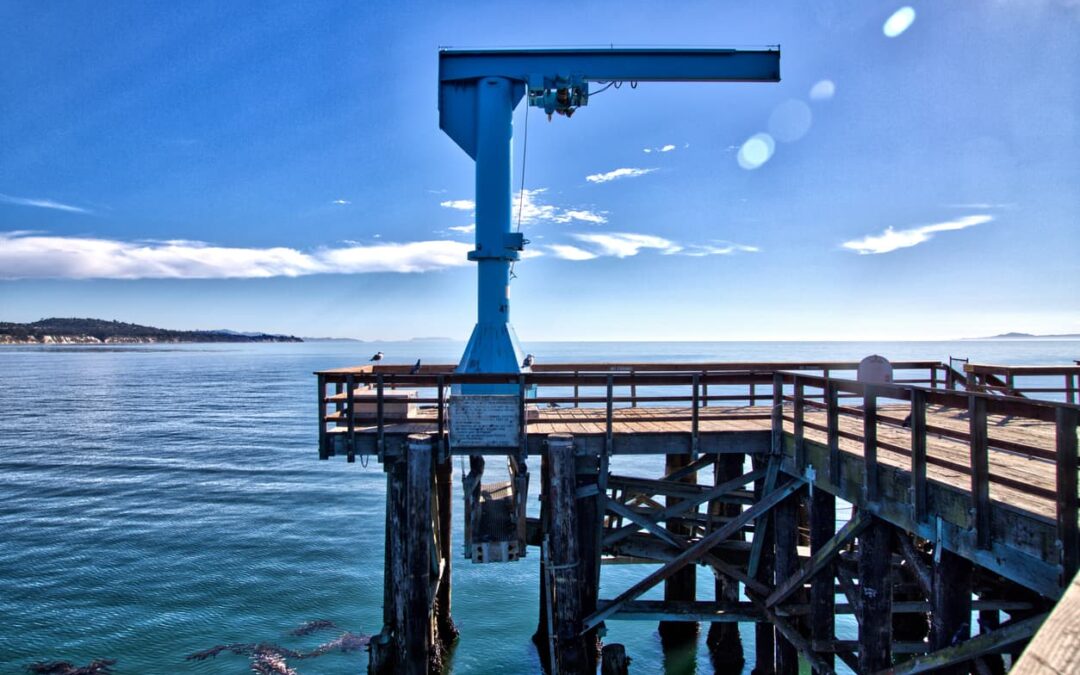When we discuss “cranes,” we usually think of the skyscraper-sized machines we see erecting new buildings, or sometimes the smaller units on the backs of trucks used for smaller jobs. But what is the story with cranes that are designed to stay in one place?
A great example of a “fixed” crane design is a deck crane. Deck cranes are cranes with a fixed base, utilized usually in maritime applications. You’ll see them loading and unloading cargo, handling life rafts, and managing small watercraft. They can be mounted anywhere from a loading dock to the deck planking of a cargo ship or yacht, hence the name “deck” crane.
These cranes tend to come in many shapes and sizes, with modular designs that have a reach of anywhere from 10 feet to 30 feet, to gigantic ones placed on the decks of cargo container ships. They can come equipped with fixed booms, telescopic booms, or a knuckle boom (which has an extra hinge that allows for lifting loads to a greater height than normal) depending on the job requirements.
Incredibly powerful and versatile, these cranes can move tons of equipment, and many have a rotational angle of better than 300 degrees, offering maximum versatility in a very small space. Some are controlled via simple controls at the base of the crane, while others can be fully remote controlled. And almost all can take a variety of cables, hooks, and weights depending on the job at hand.
Texas Hydrostatics has decades of experience with hydraulic systems. If you have questions about your systems or need pros to assist with selecting, repairing, and installing the right components for the job, contact Texas Hydrostatics today

